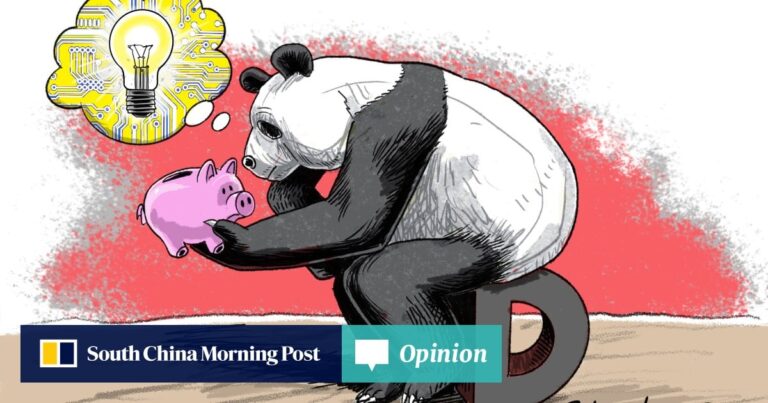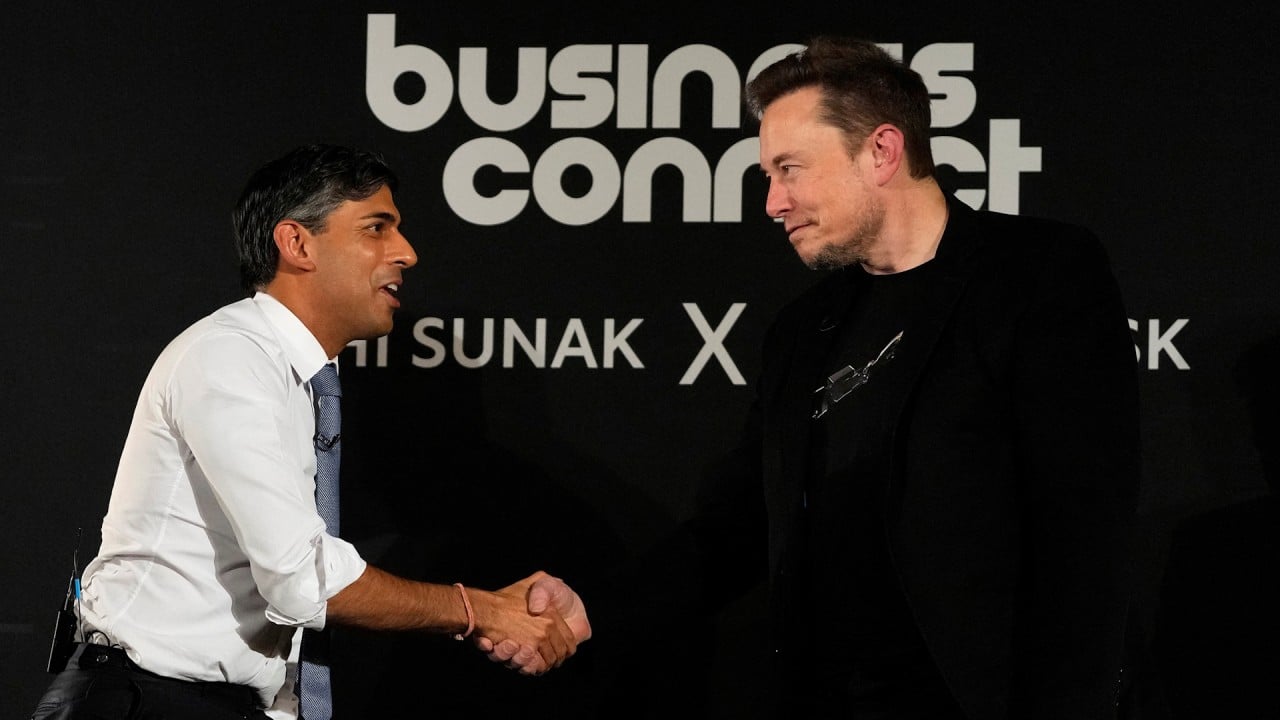This year, dragon yearAnd it's interesting how a single letter like “D” on a license plate is possible. ask for amazing prices HK$20.2 million (US$2.6 million) in Hong Kong; However, despite the auspicious connotations traditionally associated with dragons, the letter “D” does not bode well for China this year. Rather, it represents a series of challenges facing this country.
The first is deflation. China's economy experienced deflation last year. Although this deflationary trend temporarily offset The recovery in consumer prices during the Lunar New Year holiday stands in contrast to the inflationary pressures faced by other major economies.
The second problem is debt. According to a report by the National Institute of Finance and Development, China's debt-to-GDP ratio hit a record high of 287.8% in 2023, a significant increase of 13.5 percentage points from the previous year. Of note is that the household debt ratio rose to 63.4% and government debt rose to 55.9%.
The third “D” is demographic crisis. In 2023, China's population aged 60 and over will reach a staggering 296.97 million people, accounting for about 21 percent of the total population.
Although some may disagree with concerns about labor shortages, High youth unemployment rateit is undeniable that a rapidly aging society will put a strain on China's current pension system, and adjustments will be needed to deal with potential future challenges.
The fourth “D” stands for decoupling and refers to the ongoing process. reduce economic interdependence between the US and China. This decoupling is expected to become even stronger in the future. technology war A battle ensues between the two countries. The US government is tightening technology regulations to prevent China from accessing cutting-edge technology.
Finally, the fifth “D” is Deglobalization, marking the end of the post-Cold War era of globalization. In its place, a new world order is emerging, led by the United States and China, characterized by different ideologies and strategic competition.In the post-pandemic era, new global supply chain It's starting to take shape. especially, The ongoing chip war The relationship between the United States and China exemplifies this changing dynamic.
Given these challenges, where can China find new engines of economic growth? China's leadership recognizes the imperative to break away from old growth models and unleash a “growth model” are doing.new productivity”. The country's new strategy aims to achieve new breakthroughs by prioritizing the development of high-tech sectors.
What does President Xi's high-tech push mean for China?
What does President Xi's high-tech push mean for China?
China is strive for independence in the field of science and technology. This highlights the need to adopt a new economic development model centered on innovation in advanced sectors.
Viewed from this perspective, there are serious doubts about the possibility of a rapid recovery in China's economy. China's rapid growth over the past 20 years has About the real estate field, the transition to advanced sectors could prolong the transformation of China's economy. The hopes pinned on the high-tech sector are not without challenges, especially in the face of fierce competition from the United States.
artificial intelligence Chinese industry is often seen as a strong rival to the United States. But there are growing concerns about the growing gap between Chinese and US competitors, especially after his OpenAI's proven superior capabilities. Sora and ChatGPT.
Despite restrictions imposed by the United States on China's access to advanced semiconductors, China remains decided to move forward Developing large-scale language models and generative AI systems.
Battery-powered cars are being hailed as China's new hope for boosting exports and boosting the economy. China has made significant progress, surpassing traditional automotive powers such as: germany and japan in the electric car market. Chinese-made cars are gaining popularity not only in Japan but also in overseas markets.
Meanwhile, semiconductors are an area where China's industry faces significant challenges. US technology restrictions. U.S. government technology sanctions severely restrict China's access to advanced chip manufacturing tools and AI processors.
No matter how innovative, China will need a network to become self-sufficient in chips.
No matter how innovative, China will need a network to become self-sufficient in chips.
China's semiconductor sector I overcame a tough year, it is important to be aware of the limitations imposed by these limitations.meanwhile Huawei's breakthrough During the visit of US Secretary of Commerce Gina Raimondo, it was seen as a victory for China, but it remains to be seen whether this momentum can really change the global economic situation.
China's new focus on innovation-driven development offers hope for sustainable development and avoiding the middle-income trap. While some people are disappointed, lack of stimulation It is important to note that the most important stimulus for China to boost its economy is confidence. Technological advances in advanced fields can be a decisive force in changing a country's future.
Ningrong Liu is Vice-Chancellor of the University of Hong Kong and founding director of the China Business Institute at the University of Hong Kong.



